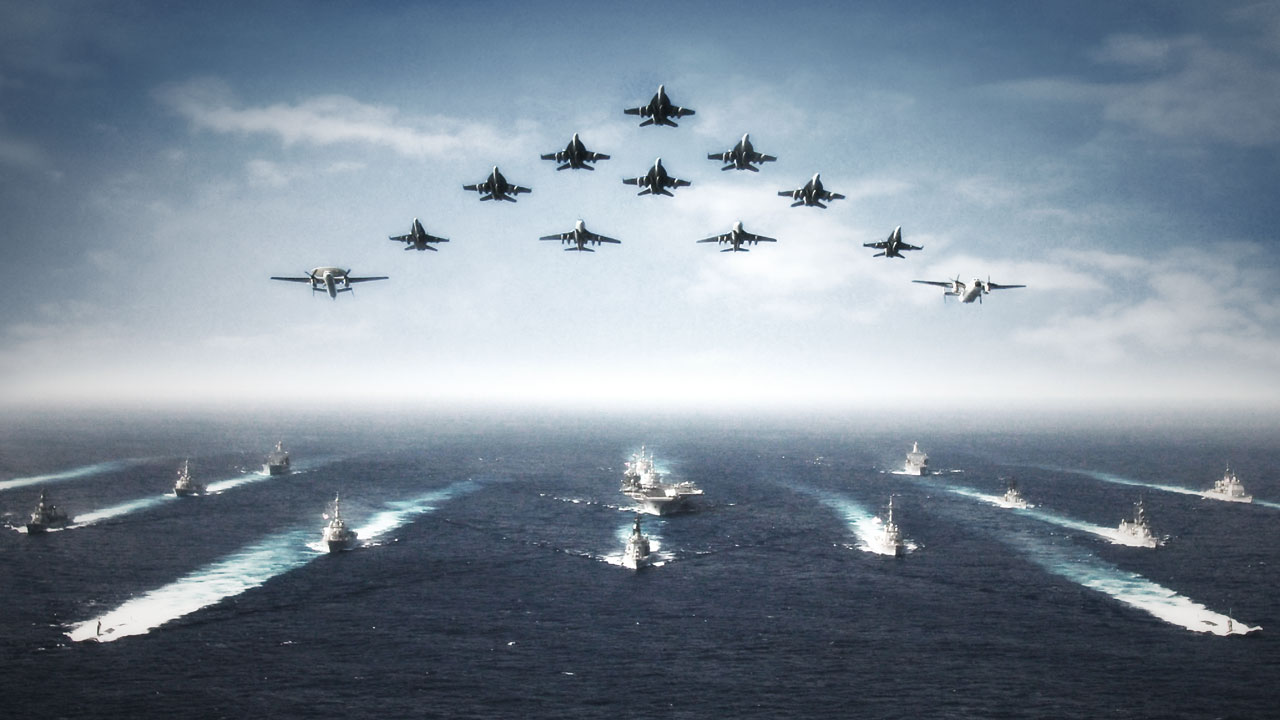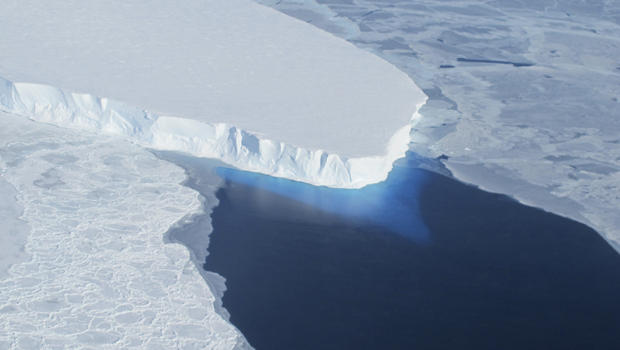U.S. Navy Takes a Seat at CO2 Table
On Tuesday, April 12th, the U.S. Navy became the first-ever military branch in the nation to request from its vendors reports on greenhouse gas emissions.As the world's single largest user of fossil fuel energy, the implications are tremendous. WHY?
WHY?
The U.S. Navy (similar to all branches of the Armed Forces) is significantly affected by climate change. Rising sea levels, catastrophic floods, the melting Arctic, threatening water shortages, severe droughts, ocean acidification, and other extreme weather events are drastically affecting the availability of, and competition for, much-needed resources. Climate change is endangering the infrastructure of military bases and installations, as well as the nation's overflight, intelligence, surveillance, and reconnaissance capabilities.
In short, the environmental crisis postulates a direct threat to national security.
“For the Department of Defense, this (climate crisis) is a mission reality, not a political debate. The scientific forecast is for more Arctic ice melt, more sea level rise, more intense storms, more flooding from storm surge, and more drought. Therein is a recipe for the kind of instability that will inevitably involve the United States in humanitarian assistance, disaster relief, or indeed, in a regional conflict.”
– Mark Wright, Pentagon, U.S. Department of Defense.
The U.S. Navy is taking a play out of the General Services Administration's playbook, as last year the GSA became the first federal agency to require vendors to report on, and set lower targets for, carbon emissions.The Navy's announcement that the organization would begin requesting CO2 emissions reports was revealed earlier this month by United States Secretary of the Navy, Ray Mabus, at a Silicon Valley technology, government, & climate change conference. In addition to requesting an "inventory check" on emissions, the Navy announced the branch would also be requesting that vendors outline specifics regarding intent to lower emissions.
"Energy is a gap. Its a vulnerability. So we're doing this for one reason: to be better war fighters."
- Ray Mabus, United States Secretary of the Navy.
Recognizing the importance of mitigating CO2 emissions is not novel for the U.S. Navy, and, in fact, a substantial portion of the Navy's $170 billion annual budget is allocated to doing just that.In May 2009, the Chief of Naval Operations created Task Force Climate Change (TFCC), a force focused on policy, investment, and action in response to an increasingly-changing Arctic and global environment.The Task Force's first major project was the U.S. Navy Arctic Roadmap, released in November 2009, and updated in 2014.
Over the last four years, Task Force Climate Change, in consultation and collaboration with the broader governmental and private scientific communities, has concluded that ice conditions in the Arctic Ocean are changing more rapidly than first anticipated. This updated U.S. Navy Arctic Roadmap prepares the U.S. Navy to respond effectively to future contingencies, delineates the U.S. Navy's Arctic Region leadership role within the Defense Department, and articulates the Navy's support to national priorities. We will continue to support the national security interests of the United States and prepare for potential Arctic Region security contingencies through strengthened relationships with the U.S. Coast Guard, interagency, and international Arctic partners. - Jonathan W. Greenert, Admiral, U.S. Navy, Chief of Naval Operations, 2014Three years earlier, in 2011, the U.S. Navy deployed its first SEAL Green Team: a group of SEALs that would be "net zero" in energy. The SEAL Green team, equipped with portable solar battery chargers, water purification units, and solar rays, produces all the energy and drinking water that they need. The SEAL Green team is not only beneficial for the environment, but also warfare, as the use of renewables means that the team doesn't need to be resupplied as often and can stay in remote locations for a longer period of time."It's really the first step in the Navy's effort to make the SEALs net-zero energy and net-zero water (use) down the road." - Thomas Hicks, Deputy Under Secretary of the Navy, proclaimed in 2012.The U.S. Navy is not the only branch of the military concerned about climate change. In fact, one of the first deployed combat units to use solar in its equipment was India Company, a component of 3rd Battalion, 5th Marine Regiment. The U.S. Marine Corps has also sent a multitude of solar panels to Afghanistan to provide energy to patrol and forward operating bases.Secretary Mabus has asserted an admirable goal of allocating resources to ensure that 50% of the power used by the Navy and the Marines be from renewable energy by the year 2020.The Road Ahead:As the single largest user of energy in the world, and a supreme catalyst of technological innovation, the U.S. Department of Defense and the branches of the Armed Forces yield tremendous potential to positively impact both society and the environment.The DoD consumers more energy than 3/4 of the countries in the world, operating over half a million aircrafts, vessels, and vehicles and spending over $20 billion on energy per year.While climate change exists as a serious threat to the ability of the Armed Forces to pursue its mission of protecting the nation, the Armed Forces has the potential to be the single most important driver of the cleantech revolution.


